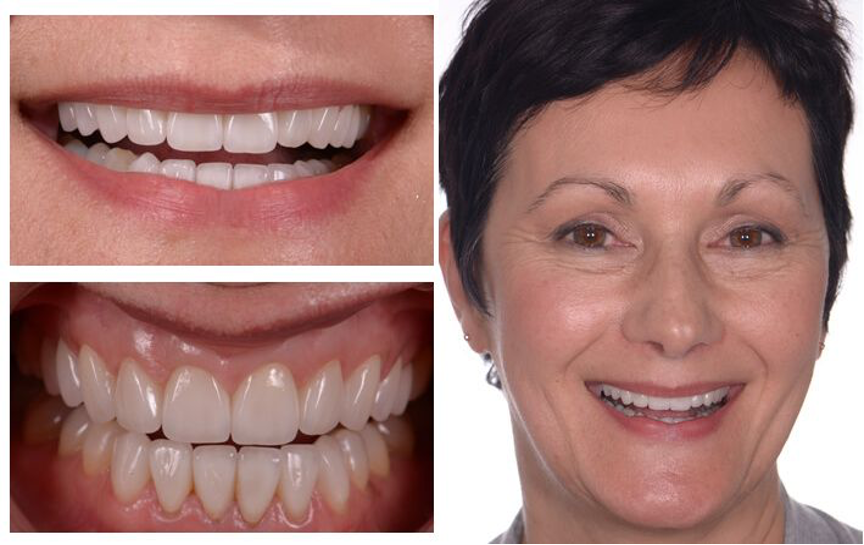Are you displeased with the appearance of your smile? Do you avoid smiling with your mouth open or revealing your teeth in any other way? Veneers are versatile in that they can conceal a wide range of flaws. They’re ideal for teeth with intrinsic stains that can’t be removed with bleaching.
Veneers can also be used to repair minor chips, breaks, and cracks. They can fix a smile in a few simple treatments for those who do not wish to go through orthodontic treatment for small gaps or slightly misaligned teeth.
Dental veneers come in a range of shapes and sizes, depending on your needs, desired look, budget, and other factors.

What Are Dental Veneers?
They are ultra-thin shell-like coatings that are bonded to the teeth’ exposed surface. They are made of composite resin or porcelain materials.
They are a cosmetic dentistry treatment that enhances the look of teeth. They may change the color, shape, size, and even length of your teeth. They’re also the same as natural teeth.
What Issues Can Dental Veneers Fix?
In most cases, dental veneers are sufficient to repair cracked, chipped, or damaged teeth. They can help smooth down rough areas produced by wearing enamel. However, if your tooth is completely worn out, you may wish to get dental crowns. Aside from physical deterioration, veneers can assist with the following issues.
1. Discoloration and stains:
Professional teeth whitening is a great method to remove persistent stains from your teeth. If the discoloration is severe enough, you may wish to consider a dental veneer. Because these are coverings that may hide even the worst stains on your teeth.
2. Misshapen Teeth:
Misshapen teeth can take the form of pointed teeth in some people. Others have irregularly shaped teeth or teeth that are smaller than the rest of the teeth. Microdontia is a condition that affects about 1.5 percent to 2% of the population. A veneer can be used to correct dental defects caused by form or size quickly.
3. Diastemas:
Diastemas are tiny gaps between teeth that most commonly affect the top or lower front teeth. A veneer can help “fill” these little gaps by allowing your dentist to contour and resize your teeth using the coverings.
Why Veneers are a Good Idea?
Aside from the apparent benefit of straighter, whiter teeth, dental veneer has further advantages:
They are one of the most cost-effective dental treatments. They are more effective than direct fillings, inlays, and onlays while also being less expensive than dental crowns.
They are also a less invasive method of dental repair. To accommodate a veneer, a dentist just needs to remove a small amount of enamel. A crown, on the other hand, needs a lot more room. A dentist may need to remove a large amount of enamel to make space for a crown.
They can be used in many different ways. A dentist, for example, can make a veneer that matches the color of a person’s teeth. Porcelain veneers that are strong enough to offer structural support to mildly damaged teeth are also available.
This sort of veneer is also durable, lasting for decades. Some veneers are strong enough to be used instead of a crown when a tooth’s structure is just slightly affected.
Laila Azzahra is a professional writer and blogger that loves to write about technology, business, entertainment, science, and health.
